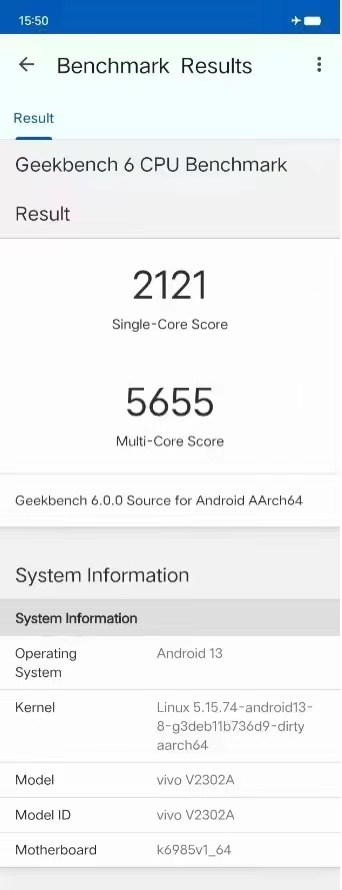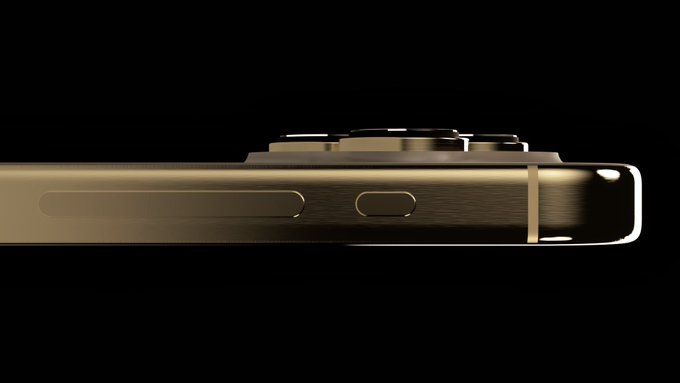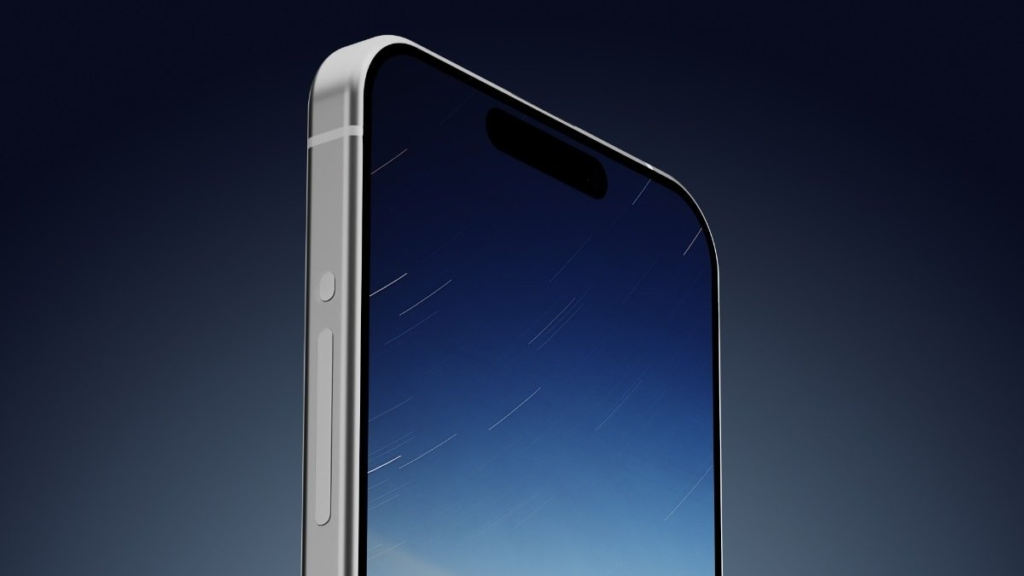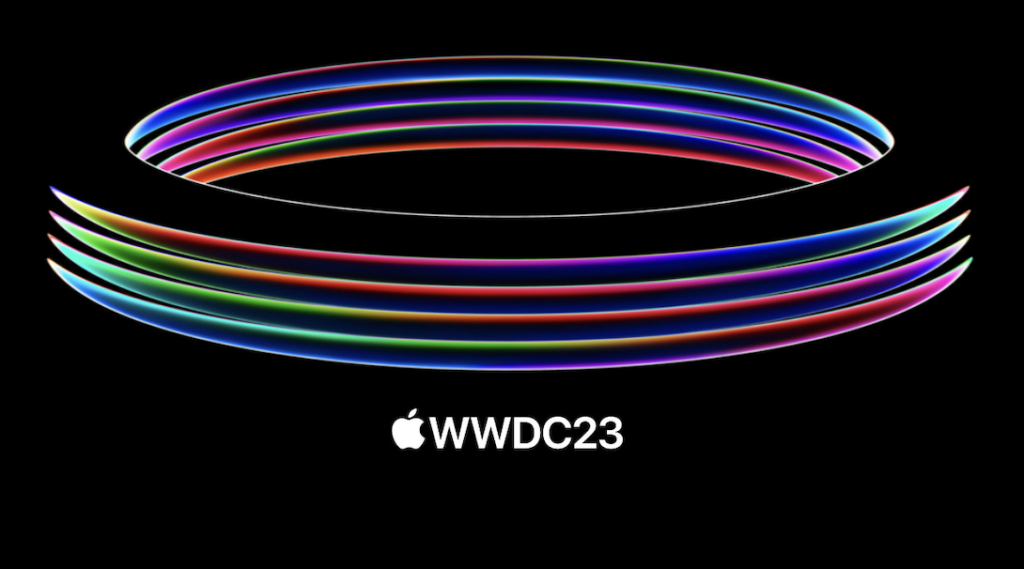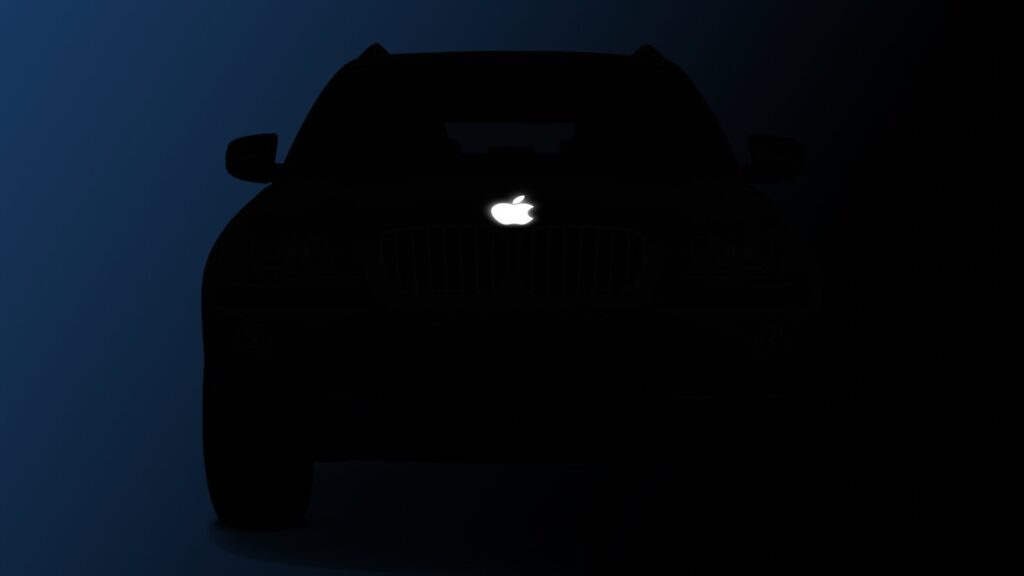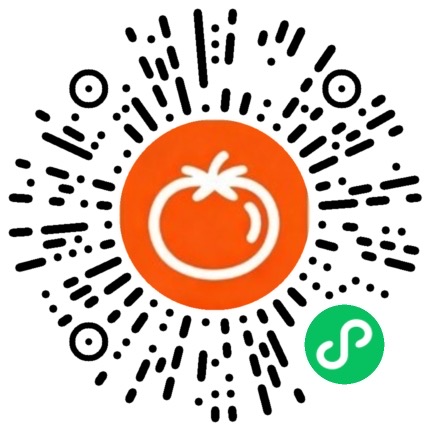Despite macroeconomic difficulties, overall global smartphone sales in 2022 fell 12 percent year on year, but sales of high-end smartphones (wholesale price ≥ $600) increased 1 percent year on year. This makes the price component of the global smartphone market 55 per cent of total revenue for the first time. The high-end market also accounts for more than a fifth of all global smartphone sales.
One of the reasons for this growth is that high-end consumers have been more insulated from macroeconomic difficulties than low-end consumers, so sales have increased at the top end of the market and declined at the entry level and mid-range. Another key factor is the trend towards “premiumisation” across regions, with people prepared to spend more on their devices and keep them for longer.

Among automakers, Apple’s sales in the premium segment rose 6 percent from a year earlier, expanding its share to three-quarters of total sales in that segment. Samsung’s sales fell 5% from a year earlier. The Galaxy S22 series will be released much later than 2021. Apple has also benefited from Huawei’s decline in China.
In terms of operating systems, iOS accounts for 75% of all high-end smartphone sales. The iOS ecosystem is highly sticky with multiple devices and services, allowing growth in mature markets to come from upgrades to their installed bases. Android is losing share to iOS at the high end of the market, which is one of the reasons why Google is launching smartphones.

Apple has an exclusive 75% market share, which means that Apple has a dominant position in this market and a huge competitive advantage and brand recognition. This also indicates that Apple’s products are very popular in the high-end market, possibly because of its advantages in brand value, high-end design, excellent performance and innovative features.
It also shows that other handset makers need to work harder to enhance their competitiveness in the high-end market. They need to offer better design, better performance, better innovation and better user experience to be able to compete with Apple. However, this will not be easy, as Apple’s position and brand value in the market are so strong that it will require significant efforts from other vendors to gain a larger market share in the high-end segment.
